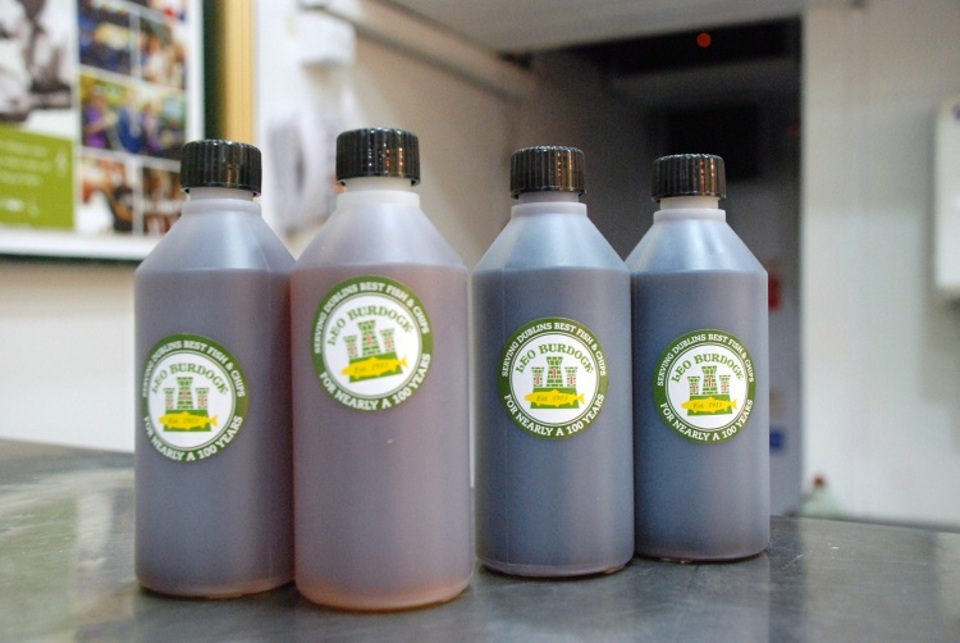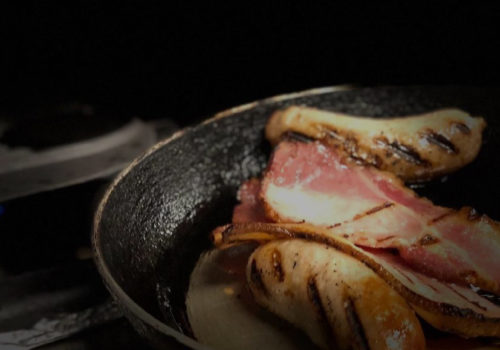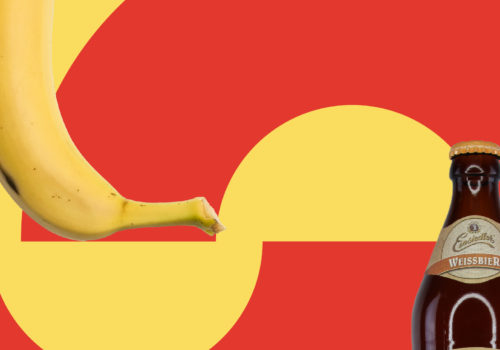What Is Malt?
Words: Shamim de Brún
Pictures: Unsplash
Artwork: Paul Smith
Malt is the Mystique of the grain universe. Malt can be anything. A powder, a milkshake, wrapped in chocolate and called a Malteser. It even comes as chipper vinegar and in our whiskey and beer. So what actually is malt?
Malt is a cereal grain that gets dried once it has sprouted. That process is called malting. After it’s been dried, malt is typically ground into a powder. This slightly sweet dust is OG “malt”.
It tastes sweet because the grains get to germinate in warm water before they’re dried. The germination is then axed early with hot air. Then, without going full YouTube explainer scientist, a sugar called maltodextrin is released by the germination and combines with the already present sucrose and fructose, making it sweet to taste.

These all make fermentation much quicker and easier because they’re all sugars, and yeast loves munching on sugar. The result is a sweet, protein-rich, fermenting substance that’s cheap to produce and procure, so it gets used in everything—kind of like flour.
Malt In Beer
Beers are always made from some sort of base grain. For example, Weiss beers are made from wheat. But almost every other beer is made from malted barley. There are beers made from oats, corn, rye and so on, but they’re usually much more niche. The malted barley can be lightly roasted, medium or dark. Depending on that, plus the type of barley used, beer can taste any of a million ways. Especially if you bring hops into the mix (lookout for another piece on hops in the future). That said, if you ever think your beer tastes kind of toasty, you’re probably tasting the malt there.
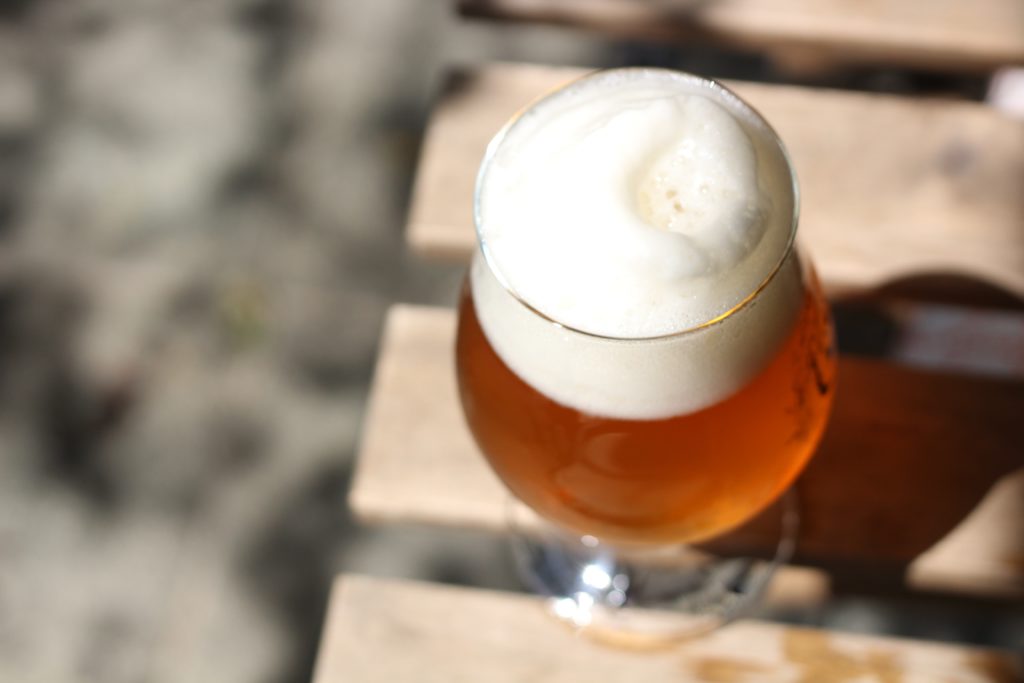
Malt In Whiskey
We all know single malt whiskey because it’s the most name-dropped style of whiskey on American TV. Malts are used in whiskey for the same reason they’re used in beer to make fermentation easier, quicker, and add flavour. A “malt whiskey” is a whiskey made from malted grain. Single-malt whiskey is malt whiskey made at one distillery. After fermentation, malted barley produces nutty, chocolatey or biscuity flavours. If you’re ever drinking a whiskey and it’s giving you chocolate digestive vibes, then it’s probably a good quality single malt.
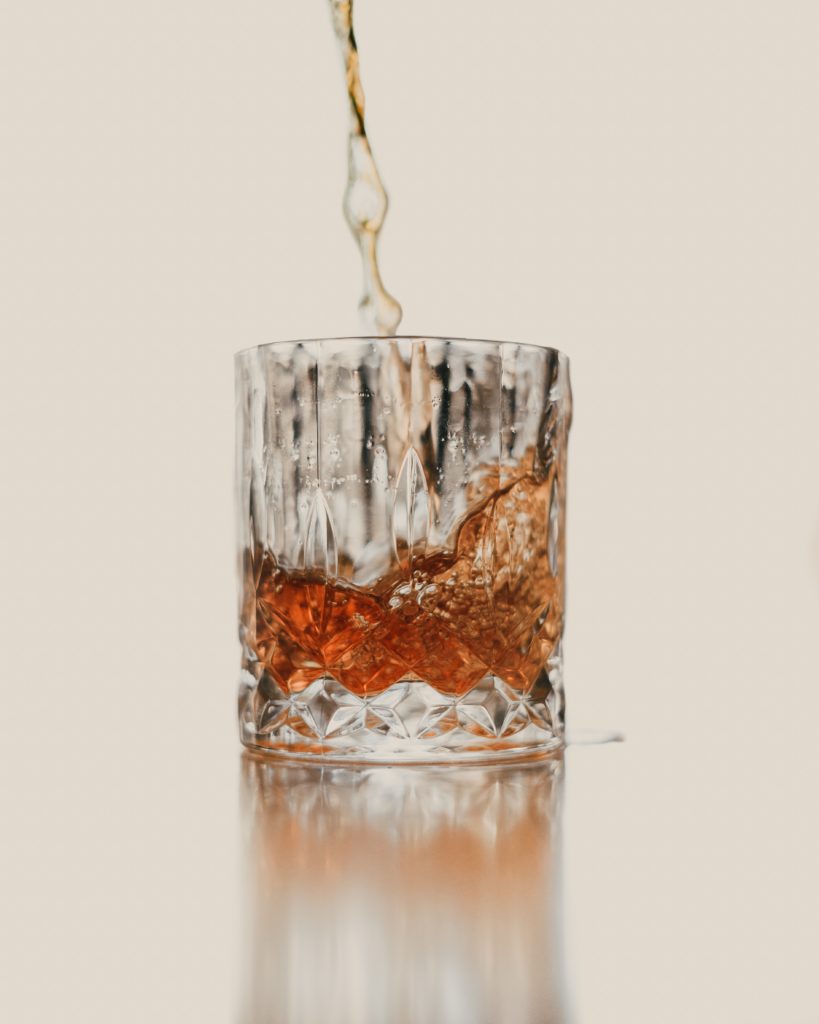
Malt In Baked Goods And Desserts
Malt managed to sneak in through the open door when sourdough took over. Many of the committed bakers had read whispers of it or tasted professionally produced malted bread and got curious. As a result, you can now buy strong malted flour in many supermarkets. It also helps baked goods rise by helping yeast like it does for beer and whiskey.
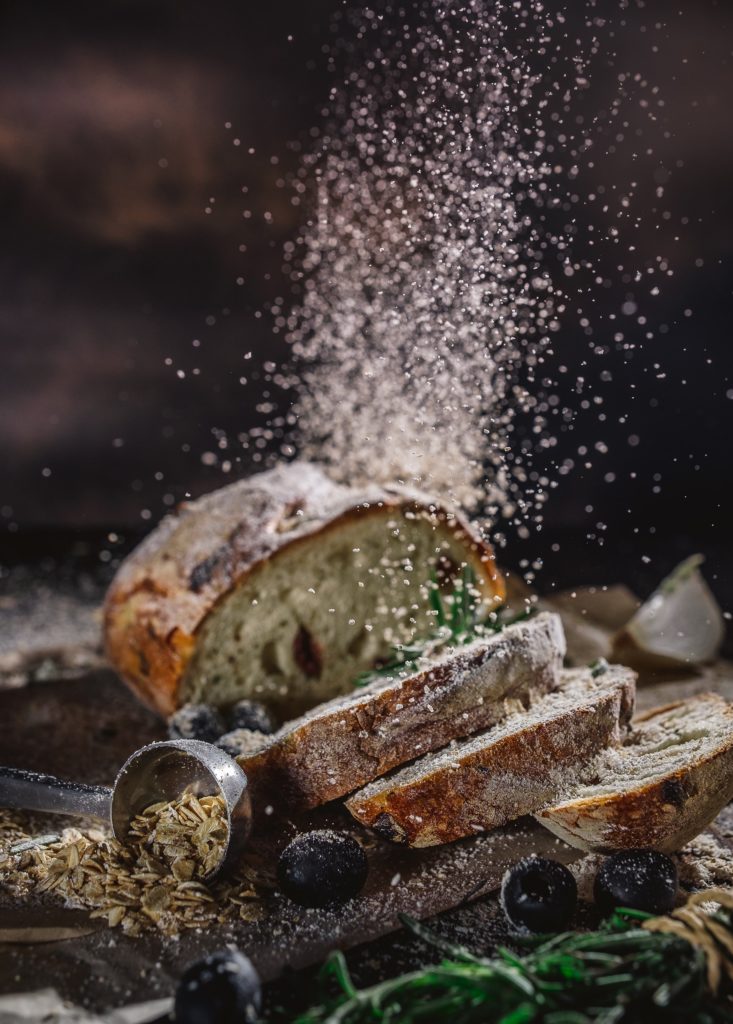
Malt In Milk Beverages
If you order a “malt” at Eddie Rockets, you’ll get a shake made with malted milk powder and the topping or flavour of your choice (I mean, it’s always oreo, right?). What it does is sweeten the milkshake in a much more gentle way than sugar, and it makes the more expensive ice cream go further.

Malted Vinegar
We all know the chipper has the best vinegar. What makes it so good is that it’s malted vinegar. The vinegar is in the same way as the beer and whiskey. Fermentation. All kinds of vinegar are made by fermenting ethanol. Any ingredient containing ethanol—beer, wine, cider, or champagne—can be made into vinegar. Malt vinegar is made through a double fermentation process where barley grains are malted and brewed into ale and then fermented again before being briefly aged. Because of this, it has a tart flavour and can help enhance the flavours of other foods it is paired with.
